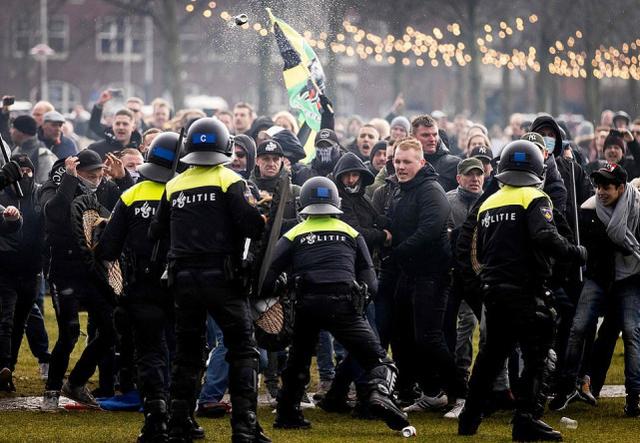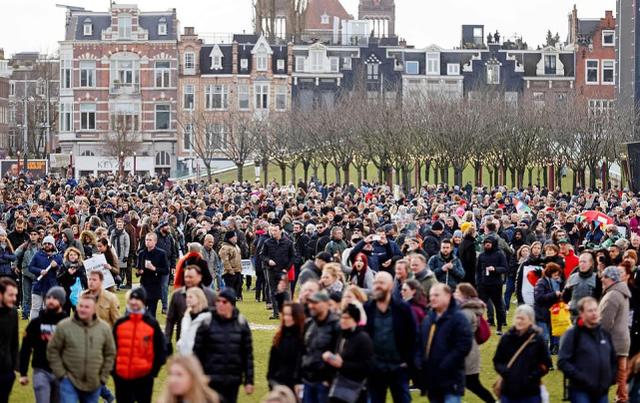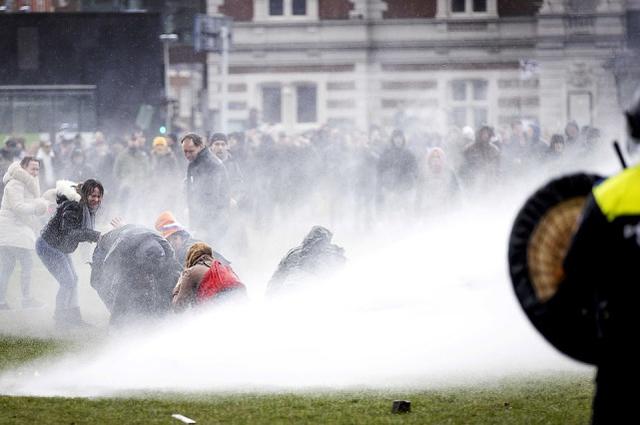January 17th, Dutch police attacked hundreds of protesters against the blockade with high-pressure water guns.
The group participated in a banned protest in the capital against the Dutch government and its severe coronavirus lockdown.
Mounted police entered a large square and dispersed the crowd of demonstrators at the scene.
The square is surrounded by museums, including the Van Gogh Museum and the Amsterdam National Museum.
The riot police took action to disperse the crowd because protesters did not adhere to social distancing measures, the Amsterdam municipality said.
Few protesters wear masks, and most people do not comply with social distancing rules.

By about 3 p.m., the square was empty, with only dozens of policemen, but some protesters still appeared in the nearby streets.
The report pointed out that earlier this week, the protests were banned by the authorities for fear that too many people would participate and could not maintain social distancing.
The protests in Amsterdam came as ministers of the Dutch government were meeting in The Hague to discuss options to control the spread of the novel coronavirus, including the possibility of imposing a curfew for the first time since the outbreak.
The Dutch government resigned collectively on Friday due to the child welfare scandal, but ministers will remain in power until a new coalition government is formed after the March 17 general election.

Last December, the local government closed schools and most shops in an attempt to curb the surge in infections, and this week extended the lockdown for at least three weeks.
The report said that in the early stage of the pandemic, the Netherlands was less reluctant to impose social restrictions than most of its neighbors.
But in the second wave of infection in winter, it found itself forced to take action due to the rapid spread of infection and increasing pressure on hospitals.



